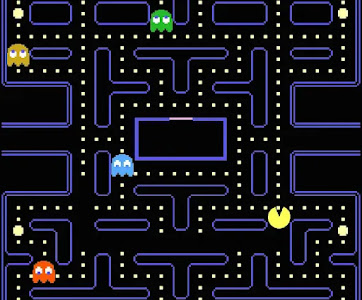Indie Game Marketing: 6 Step Plan
You are making your game( or made it ) and worried about its future in the market, most indie games are not that much successful. statistics showed us that, An average consumer will not buy unpopular games although that most games are priced in range of $10, and don't buy as expected, we will share some tips to avoid this, so.. here are 6 steps you need to make your marketing plan : 1. Pay attention to ASO(App Store Optimization) This is the most effective step in your marketing plan, because 60% of games get discovered in the homepage, so work on this step and don't forget every app store has it is own ASO things, but the most important steps is: icon(thumbnails), trailer, screenshots, game's description, and reviews. 2.Social media is your power Social media platforms is getting bigger and bigger, According to Statista , the number of social media users worldwide is predicted to grow to almost 4.41 billion by 2025. you can post on various social ...



Comments
Post a Comment